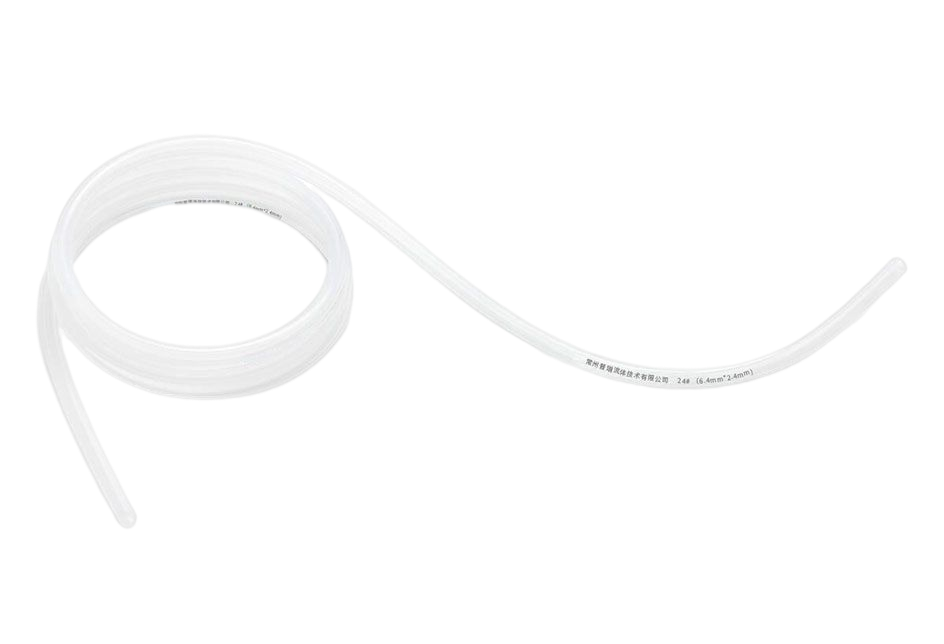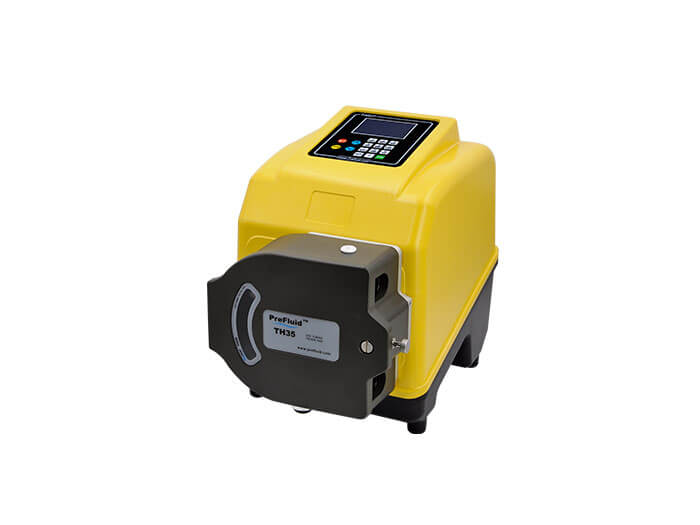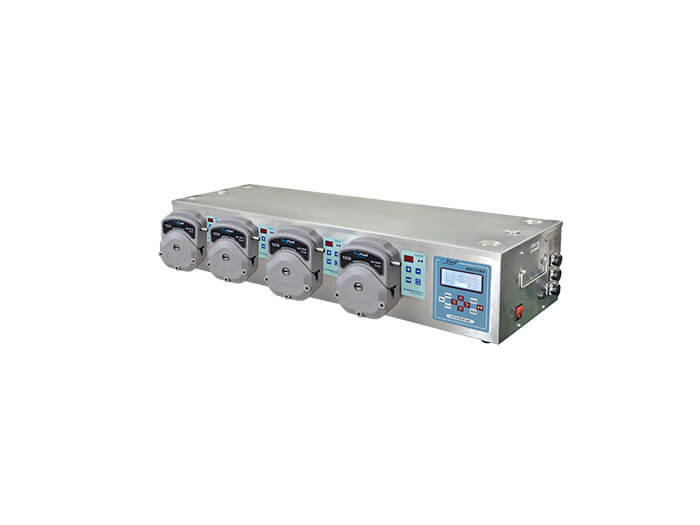The small peristaltic pump is one of the most popular laboratory pumps. Since the small peristaltic pump was first used in the 1950s, it has become one of the main tools for life science, medical research and chemical research. The main advantages of small peristaltic pumps are precise precision and repeatability, which can be used to manage and control a variety of fluid flows from small molecules to large proteins.
The small peristaltic pump is one of the most popular laboratory pumps. Since the small peristaltic pump was first used in the 1950s, it has become one of the main tools for life science, medical research and chemical research. The main advantages of small peristaltic pumps are precise precision and repeatability, which can be used to manage and control a variety of fluid flows from small molecules to large proteins. In laboratory use, the small peristaltic pump is usually used for liquid control, but it can also be used for gas control and can be used for pipetting of liquids, gases and sheet materials.
The working principle of small peristaltic pump is realized by compression and relaxation of peristaltic pump head. The pump head has an elastic tube, and the rotating rotor on the pump head compresses the tube under the pressure of each compression ring, so that there is a certain pressure at the outlet of the pump head to drive the fluid out. This means that the inherent advantage of the small peristaltic pump is that it can still ensure normal operation in the case of liquid embedding.
The use of small peristaltic pumps is very convenient and very much in line with the needs of the laboratory. The user only needs to install the pump head and pipe, and connect the outlet of the pump head to the liquid container to fully control the flow of the liquid. On the other hand, due to the advanced microprocessing technology used in small peristaltic pumps, maintenance, cleaning and calibration are very simple, and there is little need to repair or replace parts.
The price and performance of small peristaltic pumps are also suitable for laboratory use. Because the price is lower than that of large pumps, small peristaltic pumps can be the first choice for laboratories and researchers in a variety of applications. It has a wide range of functions and can be used for precise flow control of different types of liquid, gaseous and flake materials, from single small molecules to large proteins.
All in all, small peristaltic pumps are essential tools for laboratories and researchers in a variety of applications. Its accuracy and repeatability are very high, easy to use and easy to maintain. In a variety of laboratory and research applications, the small peristaltic pump has proven to be a very reliable flow control device that can be used for pipetting and flow management requiring liquids, gases and sheet materials.


